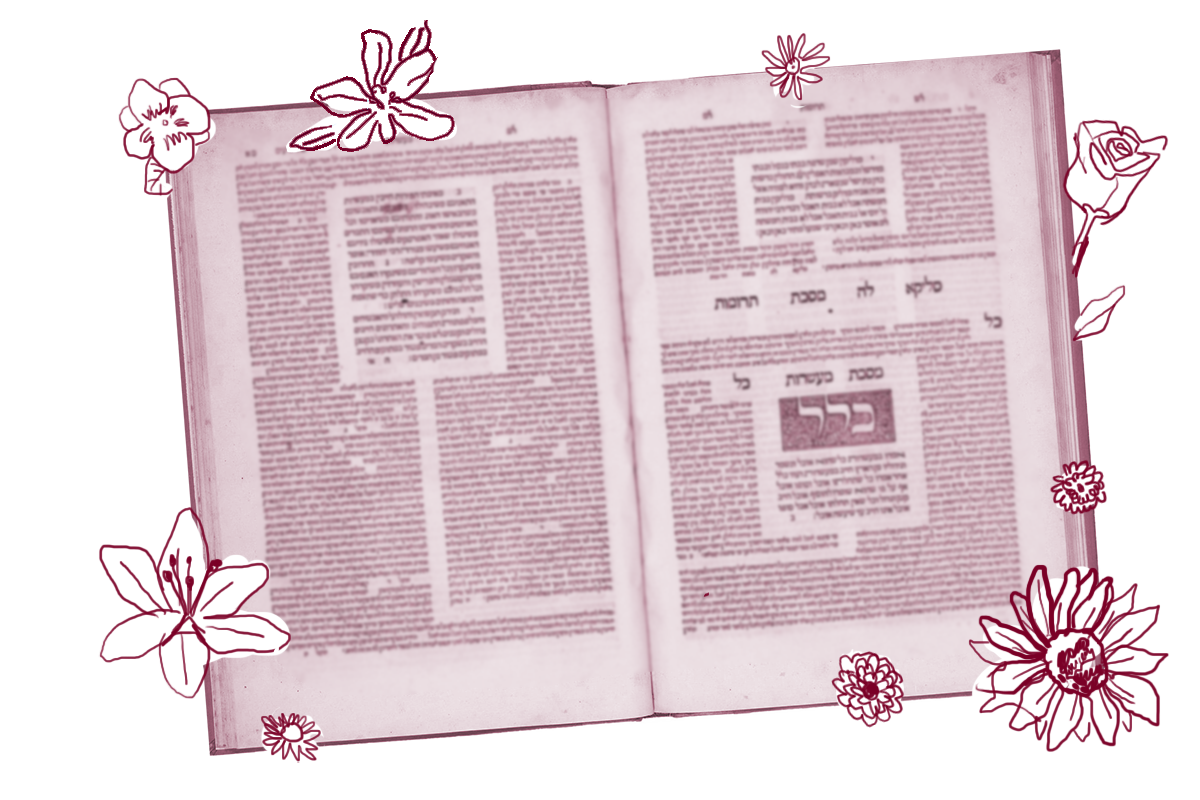Today’s daf continues a discussion that began yesterday, about a field in which someone has been buried. Graves, as we now know, communicate death impurity to anyone who comes in contact with them, and to anything that is built nearby or grows on top. Therefore, graves were marked — often with trees.
Today’s discussion offers us two important principles to consider when thinking about how and where graves are marked. The first principle emerges from thinking about the trees that signal death impurity. If trees mark the dead, how close to the graves do they need to be?The Gemara quotes an earlier tradition to answer this question:
One does not distance the marker from the site of ritual impurity, so as not to cause a loss of the land of Israel.
According to this tradition, those who mark the site of the dead must recognize that death impurity renders a place unusable. As such, they must ensure that the markers are close to the grave in order to leave as much land as possible available for planting.
With your help, My Jewish Learning can provide endless opportunities for learning, connection and discovery.
The language that the Gemara uses, “so as not to cause a loss of the land of Israel” suggests that death causes a loss not only to potential agriculture but to the integrity of the land. Death must be marked, but it must not take more space than is necessary. Doing so harms the material needs of the living.
The second principle emerges from the question of when a tree marks a grave, and when it is just a tree. After all, often trees grow in fields naturally. To paraphrase Freud, sometimes a tree is just a tree — but how do we know when it isn’t?
According to an earlier tradition quoted on today’s daf:
Rabbi Yehuda says: Only when there is an elder or scholar, as not all are well versed in this matter.
The answer is that most people can’t determine when a tree is just a tree, so these distinctions can only be made when there is an elder or a scholar who can identify which trees mark graves. The later rabbi Abaye then takes Rabbi Yehuda’s statement not just as a description of rabbinic expertise but as a prescription:
Learn from this that when there is a scholar in the city, all affairs of the city are thrust upon him.
A scholar, says Abaye, needs to know not just the law, but also the details of civil administration. They should take responsibility for knowing where the graves are.
One could read this second principle as an indictment of an ivory tower mentality. For the rabbis, scholars must not only understand abstract principles and be versed in thick tomes, but must also know the intricate administrative details that shape their world. They need to — literally — know where the bodies are buried.
Read all of Moed Katan 6 on Sefaria.
This piece originally appeared in a My Jewish Learning Daf Yomi email newsletter sent on January 18th, 2022. If you are interested in receiving the newsletter, sign up here.



